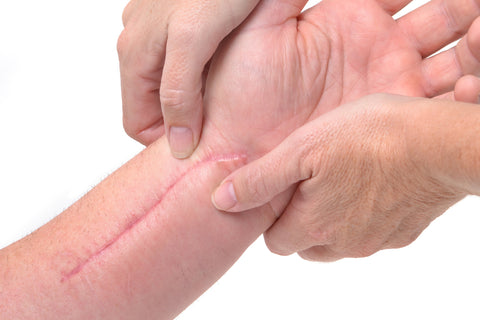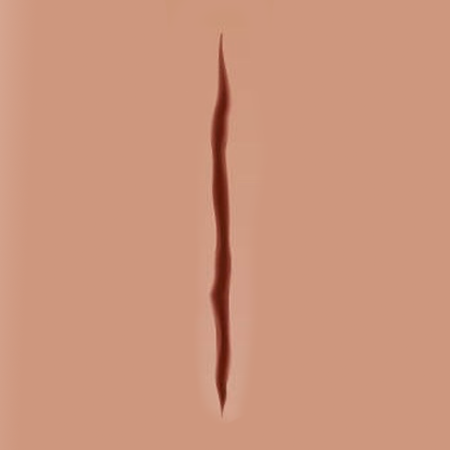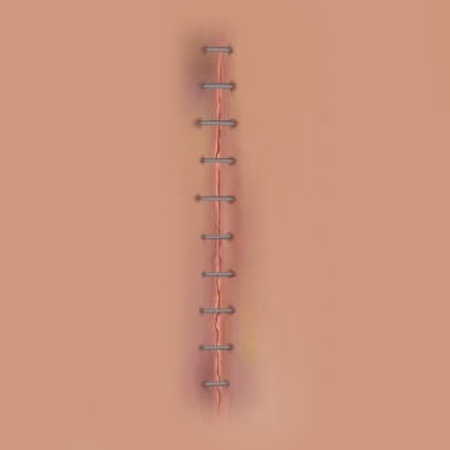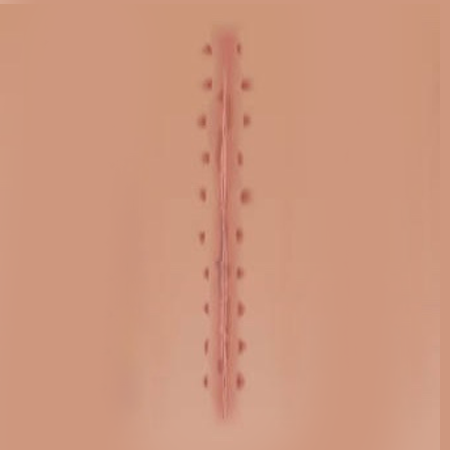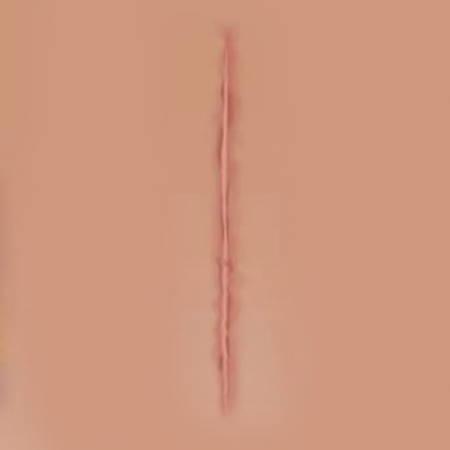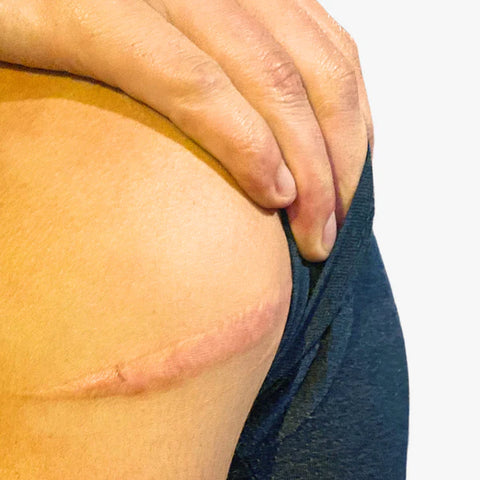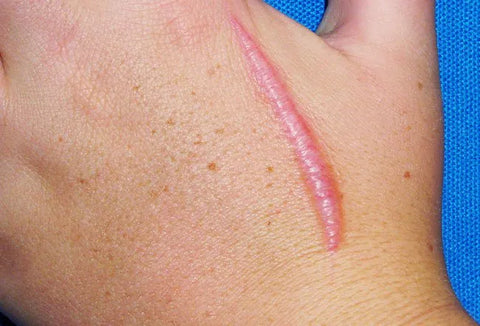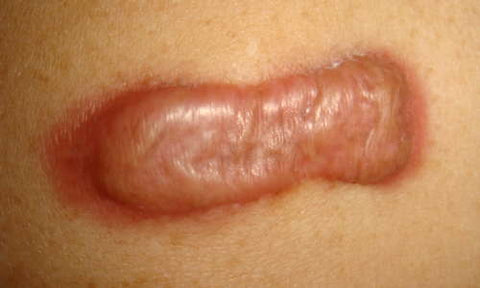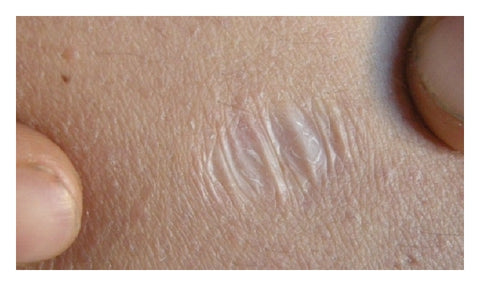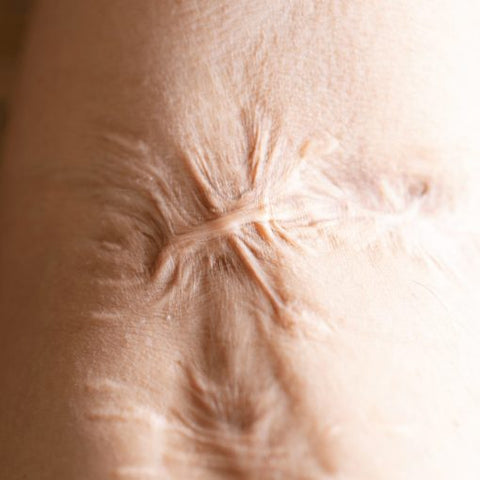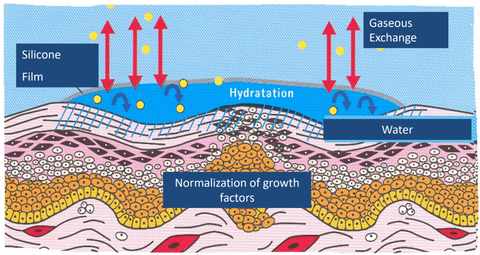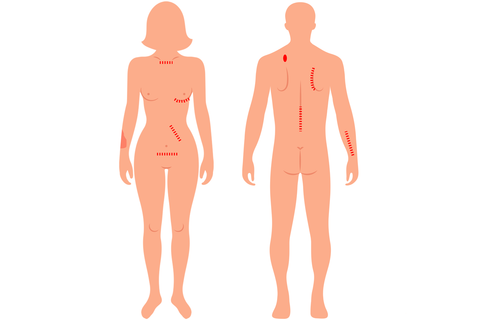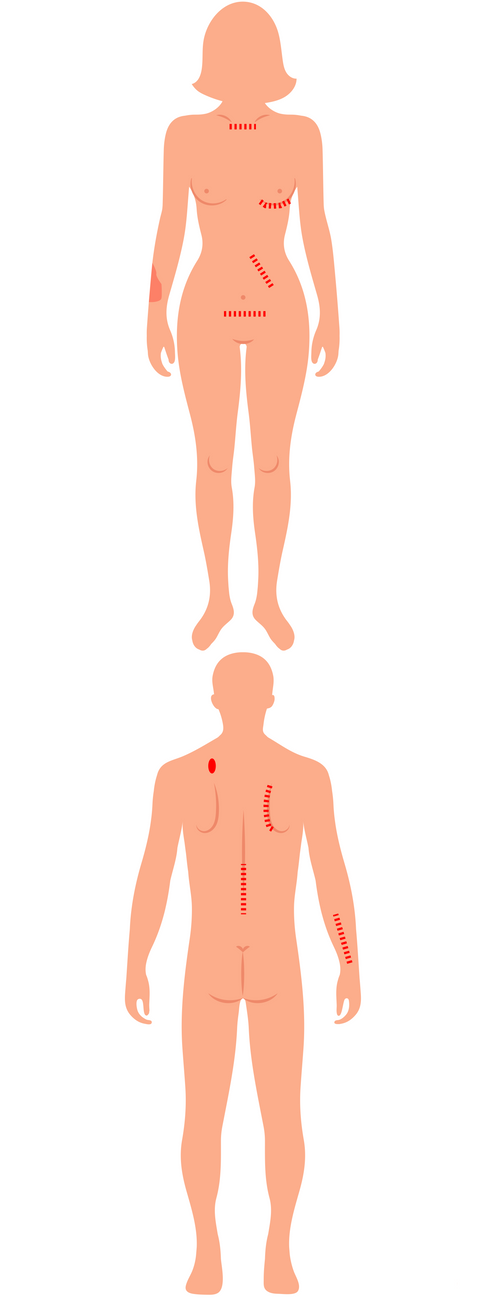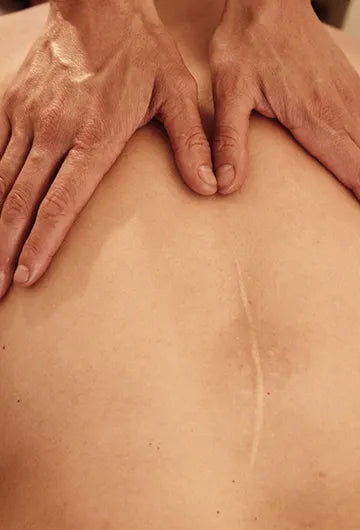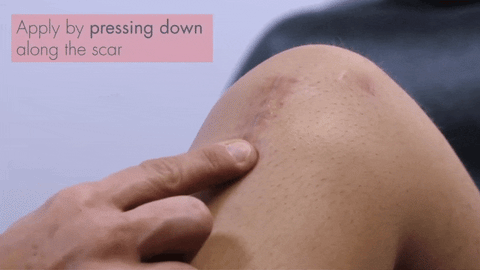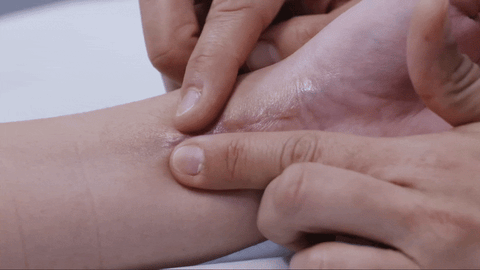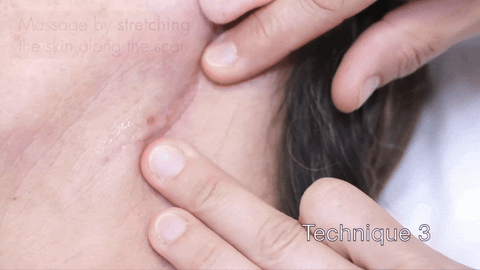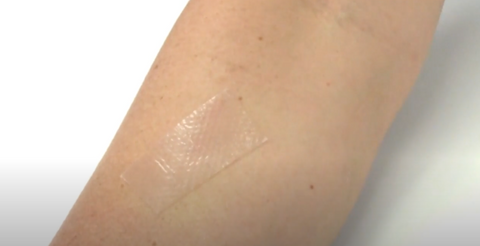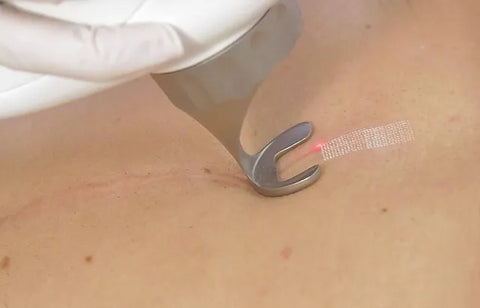Scar Management Guide
Our Scar Management Guide is based on the most recent studies and Doctor's recommendations.
We at Medigroup are dedicated to providing evidence based products at a fair price.
Clinically Proven Techniques
What sets Medigroup apart is our commitment to following protocols endorsed by leading experts in the field.
Our scar management solutions adhere to the guidelines established by surgeons in the American Society of Plastic Surgeons (ASPS), guaranteeing that you receive the most advanced and evidence-based care.
Are Surgical Scars Preventable?
Although every surgical incision will result in a scar in some form, it is possible to diminish its appearance.
Starting treatment as early as 10-14 days post-surgery, once the surgical wound has fully healed, is advised to deter undesirable scar development and promote a flatter, softer, and lighter scar.
We recognize the emotional and physical impact scars can have and are confident that our Advanced Silicone Gel products provide the most efficient and non-invasive solution for scar management.
Why Silicone Gel/Sheets?
When applied to the scar area, the silicone gel creates a protective barrier that hydrates the skin, regulates collagen production, and promotes a more even skin texture.
This continuous hydration and regulation of collagen help to soften and flatten the scar tissue over time.
Additionally, the gentle pressure exerted by the gel on the scar can minimize its elevation, making it less noticeable.
Regular use of Silicone Scar Gel can significantly improve the appearance of surgical scars, making them smoother, flatter, and closer in texture to the surrounding skin.
Common Surgical Scar Locations
Click on a Location for a recommend approachC-section scars result from cesarean deliveries, typically horizontal lines on the lower abdomen.
While they signify the miraculous birth of a child, these scars can sometimes be prominent.
Recommended Protocol:
Tape at Night
Gel during the Day
Laparotomy scars are the result of abdominal surgeries where a larger incision is made. These scars can vary in size and appearance, often appearing as a vertical or horizontal line on the abdomen.
With effective care, including treatments like Silicone Scar Gel, these scars can be smoothed and reduced in visibility over time.
Mole removal scars can be small and circular, left behind after surgical excision of a mole for medical or cosmetic reasons. Although typically minor, these scars may be noticeable. Proper post-care, including the use of Silicone Scar Gel, can help fade and flatten these scars, restoring a smoother skin appearance.
To manage spine surgery scars, maintain meticulous wound care to prevent infection. Incorporate gentle stretching exercises to enhance flexibility and reduce stiffness. Apply silicone gel or sheets to minimize scar appearance. Avoid activities that strain the scar area and consult with a healthcare professional for tailored rehabilitation and scar management strategies.
To manage shoulder surgery scars, ensure proper wound care by keeping the area clean and dry. Perform gentle shoulder exercises to maintain range of motion and prevent stiffness. Apply scar gel or silicone sheets to promote healing and reduce scar visibility. Consider physical therapy for comprehensive rehabilitation and consult a healthcare provider for personalized scar management advice.
To manage wrist surgery scars, prioritize wound care by keeping the area clean and dry. Engage in gentle wrist exercises to maintain flexibility and prevent stiffness. Apply scar cream or silicone sheets to promote healing and reduce scar visibility. Consult a healthcare provider for personalized advice on scar management techniques.
To manage breast surgery scars, maintain proper wound care by keeping the area clean and dry. Use scar creams or silicone sheets to promote healing and reduce scar visibility. Massage the scar tissue regularly to improve circulation and flexibility.
To manage burn scars effectively, start with proper wound care to prevent infection. Use silicone gel or sheets to flatten and fade scars. Regularly massage the area to improve circulation and flexibility. Protect scars from sun exposure with sunscreen. Consult a dermatologist for advanced treatments like laser therapy or surgical options if needed.
To manage thyroid surgery scars, keep the wound clean and moisturized to promote healing. Avoid exposing the scar to direct sunlight to prevent hyperpigmentation while using Scar Gel.
To manage knee surgery scars, prioritize wound care by keeping the area clean and dry. Engage in gentle exercises to improve flexibility and prevent stiffness. Apply silicone gel or sheets to flatten and fade scars. Protect the scar from sun exposure to prevent discoloration. Consult a physician for any concerns or advanced scar management options.
Before & After
Using Silicone Gel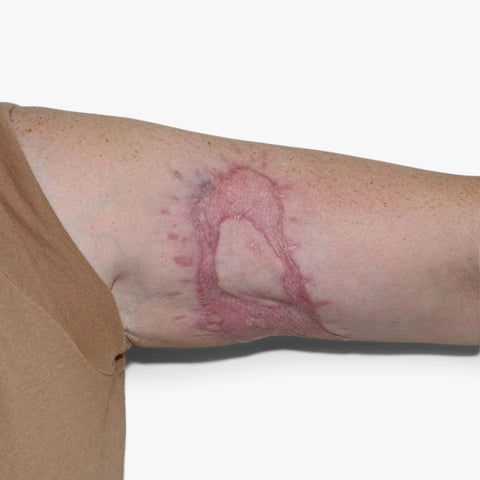
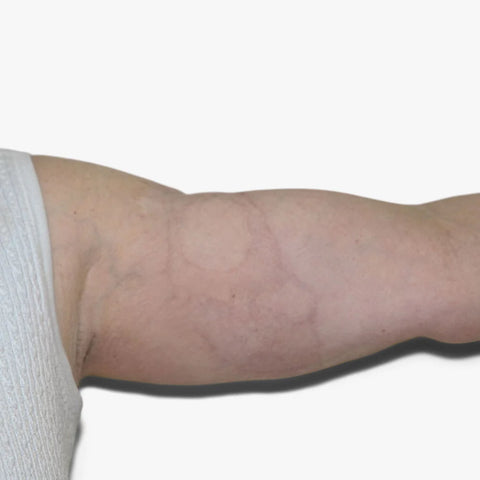
How Massaging Assists Healing
The clinical benefit of scar massaging is to increase the pliability of scars.
The mechanical disruption of fibrotic tissue can lead to changes in the expression of the extracellular matrix proteins and proteases.
This change can normalise growth factors and the structural and signalling milieu.
Alternative Methods for Scar Healing
Due to other factors such as genetics, wound location and general healing capabilities of an individual non-invasive methods may not be sufficient.
Other clinically proven methods supported by Doctors are:
Surgical Revision
Cryotherapy
Skin Grafting
Laser Therapy
FAQ
MediSil can be used as soon as the wound is fully closed (sutures removed, no scabbing or oozing). This is typically 10-14 days post-op. MediSil should NOT be used on skin with cracked or opened wounds.
Healing times vary both by individual and by type of scar. Some people begin seeing improvement in the first week but, in general, positive results are usually seen in 3 to 7 weeks with optimal results occurring after 3 months of use.
MediSil should be used until you stop seeing improvement. Total treatment time is usually 3 months. Some studies have shown improvements up to 6 months of use.

